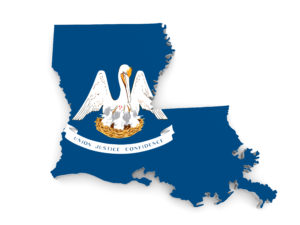Claiming bonus depreciation on your 2017 tax return may be particularly beneficial
With bonus depreciation, a business can recover the costs of depreciable property more quickly by claiming additional first-year depreciation for qualified assets. The Tax Cuts and Jobs Act (TCJA), signed into law in December, enhances bonus depreciation.
Typically, taking this break is beneficial. But in certain situations, your business might save more tax long-term by skipping it. That said, claiming bonus depreciation on your 2017 tax return may be particularly beneficial.
Pre- and post-TCJA
Before TCJA, bonus depreciation was 50% and qualified property included new tangible property with a recovery period of 20 years or less (such as office furniture and equipment), off-the-shelf computer software, water utility property and qualified improvement property.
The TCJA significantly expands bonus depreciation: For qualified property placed in service between September 28, 2017, and December 31, 2022 (or by December 31, 2023, for certain property with longer production periods), the first-year bonus depreciation percentage increases to 100%. In addition, the 100% deduction is allowed for not just new but also used qualifying property.
But be aware that, under the TCJA, beginning in 2018 certain types of businesses may no longer be eligible for bonus depreciation. Examples include real estate businesses and auto dealerships, depending on the specific circumstances.
A good tax strategy or not?
Generally, if you’re eligible for bonus depreciation and you expect to be in the same or a lower tax bracket in future years, taking bonus depreciation is likely a good tax strategy (though you should also factor in available Section 179 expensing). It will defer tax, which generally is beneficial.
On the other hand, if your business is growing and you expect to be in a higher tax bracket in the near future, you may be better off forgoing bonus depreciation. Why? Even though you’ll pay more tax this year, you’ll preserve larger depreciation deductions on the property for future years, when they may be more powerful — deductions save more tax when you’re paying a higher tax rate.
What to do on your 2017 return
The greater tax-saving power of deductions when rates are higher is why 2017 may be a particularly good year to take bonus depreciation. As you’re probably aware, the TCJA permanently replaces the graduated corporate tax rates of 15% to 35% with a flat corporate rate of 21% beginning with the 2018 tax year. It also reduces most individual rates, which benefits owners of pass-through entities such as S corporations, partnerships and, typically, limited liability companies, for tax years beginning in 2018 through 2025.
If your rate will be lower in 2018, there’s a greater likelihood that taking bonus depreciation for 2017 would save you more tax than taking all of your deduction under normal depreciation schedules over a period of years, especially if the asset meets the deadlines for 100% bonus depreciation.
If you’re unsure whether you should take bonus depreciation on your 2017 return — or you have questions about other depreciation-related breaks, such as Sec. 179 expensing — contact us.










